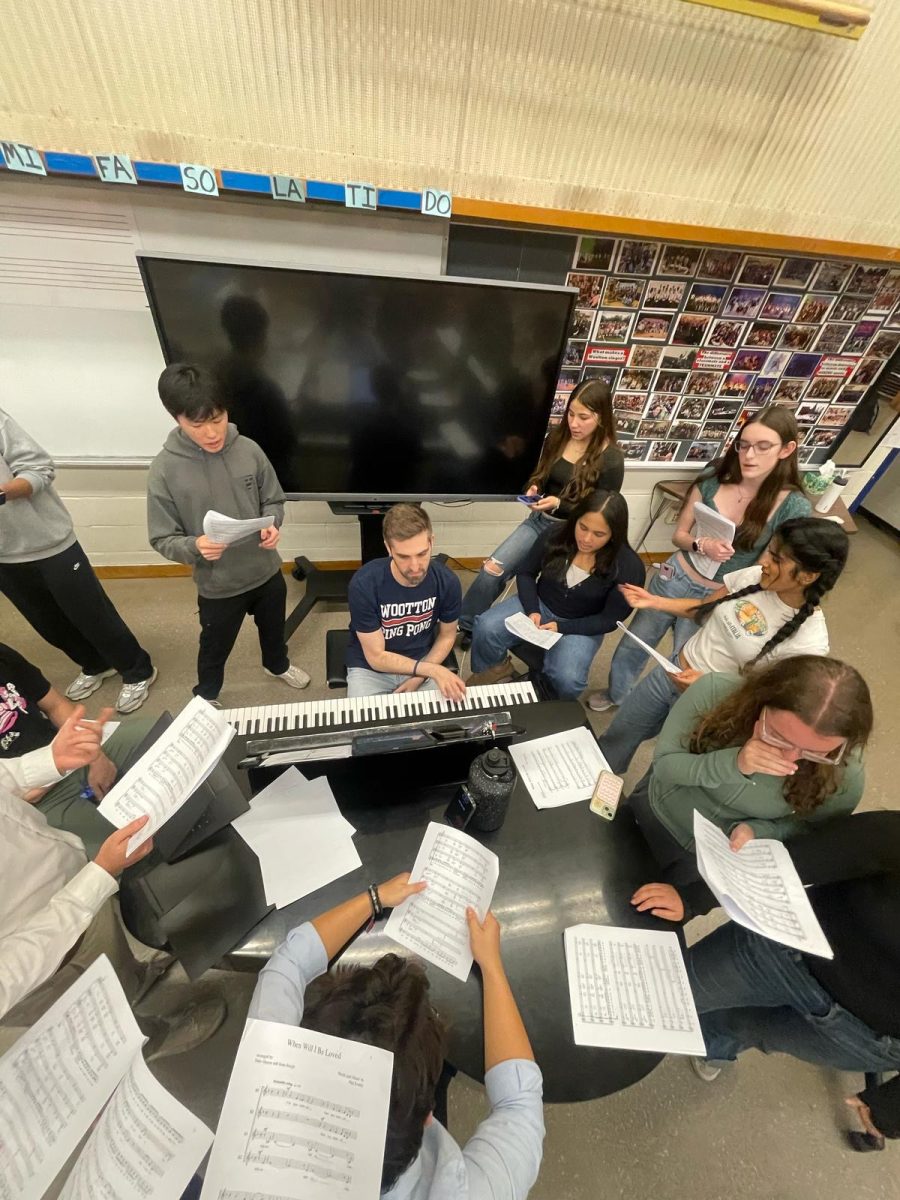Fetal animals and their arteries have been dissected in biology classrooms throughout America annually. The morality of this learning procedure has been questioned by students, professionals and large organizations alike. While people doubt this technique, the quality learning opportunity is of great value and use to teachers and students.
The most common dissection performed in high schools is the fetal pig dissection. The fetuses are taken from their already deceased mothers at meat manufacturing factories. After they are removed, the fetuses are sold for educational use around the world. While no animals are harmed during the dissection process, students question the morality of the act.
Arguments in favor of the dissections range from educational to informative. Questions of the morality of this practice are answered by the fact that no animals are harmed in the process of acquiring the fetuses. The fetuses come from already deceased animals, when they are being manufactured in meat packing facilities the fetal animals are often discovered. Once found they are sent to schools for the sole purpose of teaching.
One reason fetal animals are chosen to be used in classrooms is their body structure. Animals, including fetal pigs, have a body structure greatly resembling that of the human body. When dissecting, students gain a hands-on experience that engraves the body functions and organs in a student’s mind. “In my sophomore year we dissected a fetal pig, I still remember where the spleen is,” junior Maddie Lee said.
As well as being a great learning experience, fetal animals are fairly easy to come by and cheap. Public schools do not have large funds to create labs that students can do themselves that are both interactive and fun. Dissections create the opportunity to learn while eliminating boredom among students.
Dissecting fetal animals is questionable due to the morality of the act of cutting into an organism. Whether it is alive or not is beside the point. Schools are asking children to cut once living organisms with no regard to the respect that must come with handling deceased lives.
While manufacturers argue that they attain the fetal organisms once they have already died, others disagree. “Investigators documented cases in which animals were removed from gas chambers and injected with formaldehyde without first being checked for vital signs,” a representative from the organization PETA said.
In order to rebut the argument that dissections are necessary in order to understand the body’s anatomy, virtual anatomizing programs have been created. There are interactive websites that allow students to dissect animals and learn their anatomy without harming any living organisms. “I would definitely rather dissect an animal online than see it in real life, it grossed me out,” sophomore Phoebe McCann said.
While dissections may be informative, they lead students to believe that the lives of animals are not important, and these thoughts can lead to violence. In classrooms students have cut off the heads of animals and taken photographs with them as jokes. Purchasing these organisms only promotes the slaughter of live, healthy animals. The continued funding only goes toward more death, while this could all be avoided by the use of online dissection programs.
Lilly Greenberg
Staff Writer








